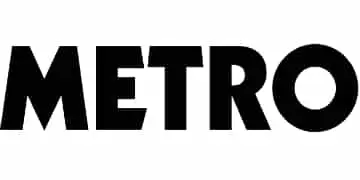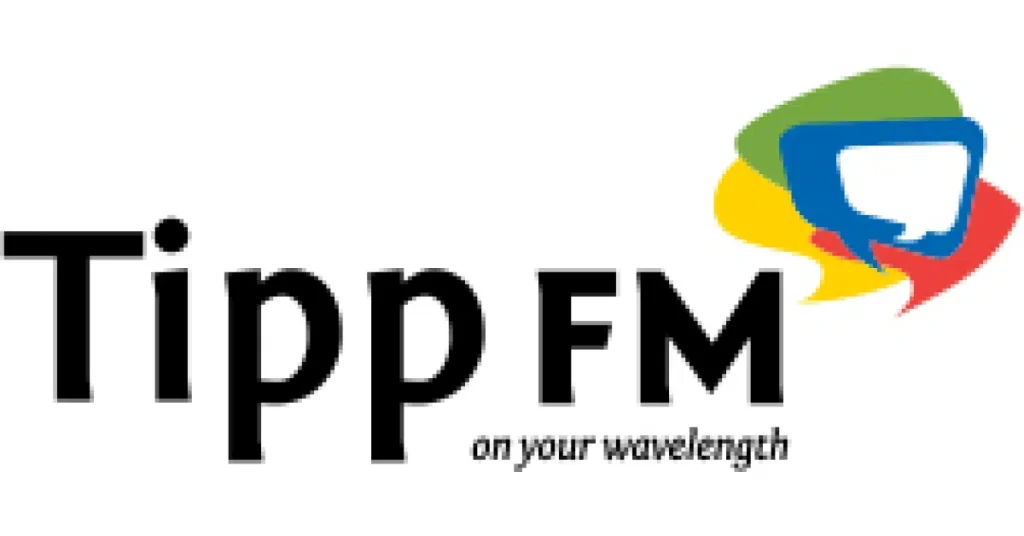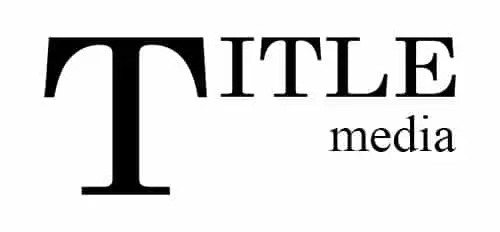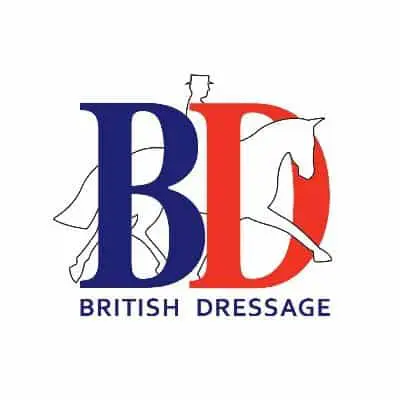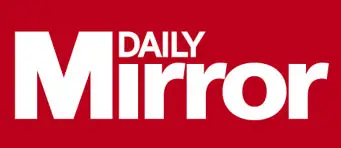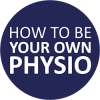
Self assessment course
You know where you’re sore, but do you know if the painful area is the real problem, or is an issue in another area of your body the true underlying cause of your symptoms? Save yourself time and money by learning to assess your own body and check for compensation patterns, in a similar way to how I would do it in clinic. In effect – you could learn how be your own physio!
Full range of courses
Before jumping into any of my rehab courses, I strongly recommend you start with my self-assessment course (above).
Without an proper evaluation of your condition, you may end up treating just the symptoms rather than the root cause. My self-assessment will help you understand what’s really going on so you can choose the right rehab course to actually resolve your issue at its source.
Invest in the self-assessment first – it’s the compass that will guide you to effective and lasting pain relief.
Plus – when you complete the self-assessment course, you will receive a code that you can redeem for one free rehab course, so you have nothing to lose.
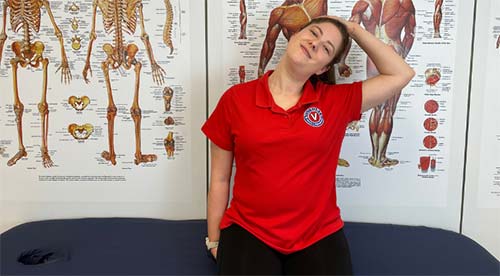
Neck rehab course
Course overview
When your neck goes wrong (with poor posture, joint stiffness, muscle weakness or imbalance) it might cause neck pain – or it might cause other parts of your body to compensate for it, so you might be experiencing pain or symptoms anywhere from your shoulders to your ankles!
So if you want to make sure this is the right rehab course for you, either you should start with the self-assessment course – or you should see me or another physio who works with regional interdependence, and be told that your neck is “driving” your symptoms.
This course explains how your neck works, what can go wrong, and how to rehab it. Includes 16 self-rehabilitation videos to release tight muscles, retrain the stability system and restore strong, normal movement patterns.
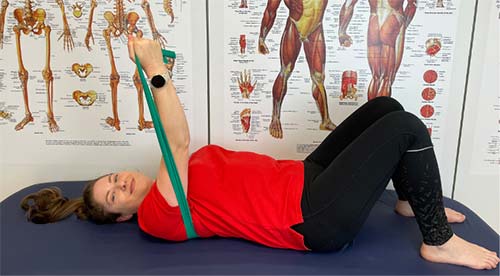
Shoulder rehab course
Course overview
When your shoulders go wrong (with poor posture, joint stiffness, muscle weakness or imbalance) it might cause shoulder pain – or it might cause other parts of your body to compensate for it, so you might be experiencing pain or symptoms anywhere from your neck to your ankles!
So if you want to make sure this is the right rehab course for you, either you should start with the self-assessment course – or you should see me or another physio who works with regional interdependence, and be told that your shoulder is “driving” your symptoms.
This course explains how your shoulders, what can go wrong, and how to rehab them. Includes 19 self-rehabilitation videos to release tight muscles, retrain the stability system and restore strong, normal movement patterns.
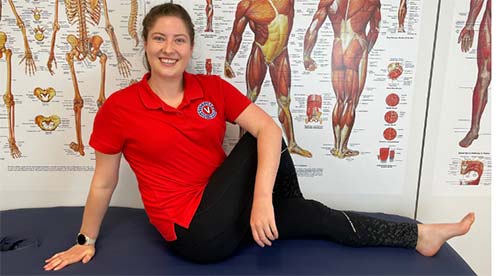
Upper back rehab course
Course overview
When your upper back goes wrong (with poor posture, joint stiffness, muscle weakness or imbalance) it might cause upper back pain – or it might cause other parts of your body to compensate for it, so you might be experiencing pain or symptoms anywhere from your neck to your ankles!
So if you want to make sure this is the right rehab course for you, either you should start with the self-assessment course – or you should see me or another physio who works with regional interdependence, and be told that your upper back or ribcage is “driving” your symptoms.
This course explains how your upper back works, what can go wrong, and how to rehab it. Includes 16 self-rehabilitation videos to release tight muscles, retrain the stability system and restore strong, normal movement patterns.
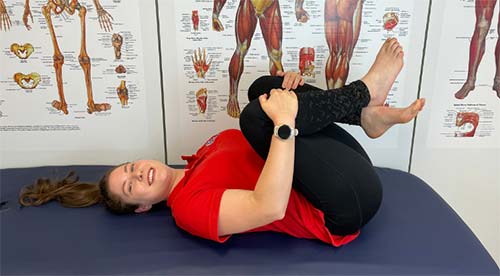
Lower back rehab course
Course overview
When your lower back goes wrong (with poor posture, joint stiffness, muscle weakness or imbalance) it might cause lower back pain – or it might cause other parts of your body to compensate for it, so you might feel pain or symptoms anywhere from your neck to your feet!
So if you want to make sure this is the right rehab course for you, either you should start with the self-assessment course to make sure that your lower back really is the area you should be rehabbing – or you should see me or another physio who works with regional interdependence, and be told that your lower back is “driving” your symptoms.
This course explains how your lower back works, what can go wrong, and how to rehab it. Includes 15 self-rehabilitation videos to release tight muscles, retrain the stability system and restore strong normal movement patterns.
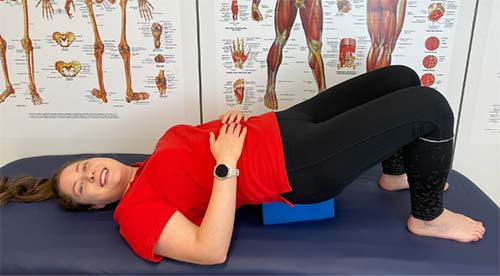
Pelvis rehab course
Course overview
When your pelvis goes wrong (with which could mean anything from poor posture to joint stiffness, muscle weakness or imbalance) it might cause neck pain – or it might cause other parts of your body to compensate for it, so you might be experiencing pain or symptoms anywhere from your neck to your feet!
So if you want to make sure this is the right rehab course for you, either you should start with the self-assessment course – or you should see me or another physio who works with regional interdependence, and be told that your pelvis is “driving” your symptoms.
This course explains how your pelvis works, what can go wrong, and how to rehab it. Includes 15 self-rehabilitation videos to release tight muscles, retrain the stability system and restore strong, normal movement patterns.
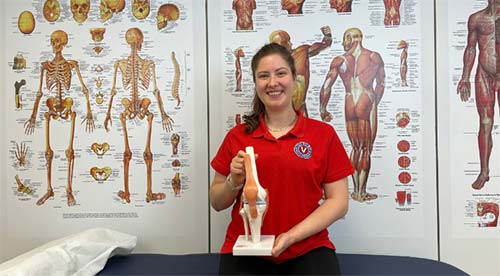
Knee rehab course
Course overview
When your knees go wrong (which could be down from anything from injury to joint stiffness, muscle weakness or imbalance) it might cause knee pain – or it might cause other parts of your body to compensate for it, so you might be experiencing pain or symptoms anywhere from your neck to your feet!
So if you want to make sure this is the right rehab course for you, either you should start with the self-assessment course – or you should see me or another physio who works with regional interdependence, and be told that your knee is “driving” your symptoms.
This course explains how your knees work, what can go wrong, and how to rehab them. Includes 16 self-rehabilitation videos to release tight muscles, retrain the stability system and restore strong normal movement patterns.
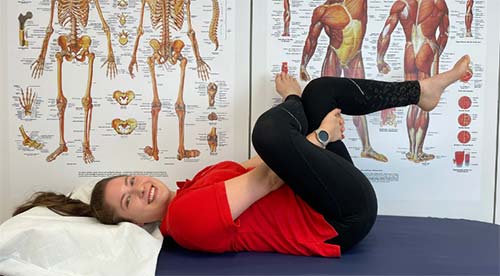
Hip rehab course
Course overview
When your hips go wrong (with joint stiffness, muscle weakness or imbalance) it might cause hip or groin pain – or it might cause other parts of your body to compensate, so you might be experiencing pain or symptoms anywhere from your feet to your neck!
So if you want to make sure this is the right rehab course for you, either you should start with the self-assessment course – or you should see me or another physio who works with regional interdependence, and be told that your hip is “driving” your symptoms.
This course explains how your hips work, what can go wrong, and how to rehab them. Includes 16 self-rehabilitation videos to release tight muscles, retrain the stability system and restore strong, normal movement patterns.
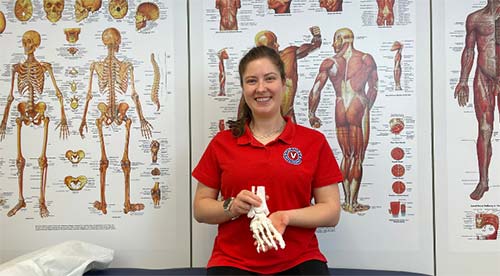
Foot & ankle rehab course
Course overview
When your feet go wrong (with flattened arches, joint stiffness, muscle weakness or imbalance) it might cause foot and ankle pain – or it might cause other parts of your body to compensate, so you might be experiencing pain or symptoms anywhere from your knees to your neck!
So if you want to make sure this is the right rehab course for you, either you should start with the self-assessment course – or you should see me or another physio who works with regional interdependence, and be told that your foot is “driving” your symptoms.
This course explains how your feet work, what can go wrong, and how to rehab them. Includes 15 self-rehabilitation videos to release tight muscles, retrain the stability system and restore strong, normal movement patterns.
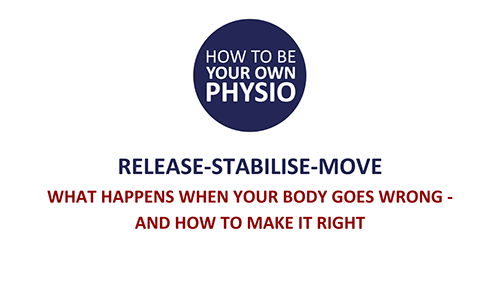
Release, stabilise and move
Course overview
When we feel pain, our body sends a threat signal to the amygdala in the brain, which responds by telling us to freeze and tense up. That’s really useful when we have a broken bone or sprained ankle which needs to be temporarily immobilised, but less helpful when you’re sore because you’ve got a stiff back! In this quick and simple course, London physiotherapist Nell Mead explains and demonstrates her simple three-step process to restoring normal, pain free movement.
As seen on:

